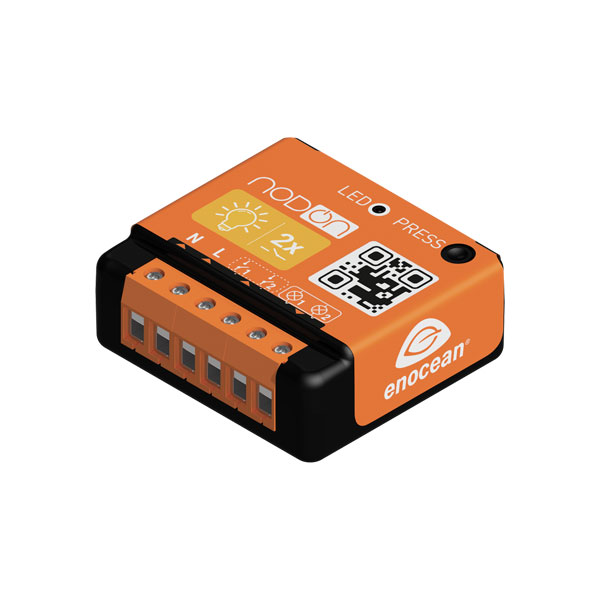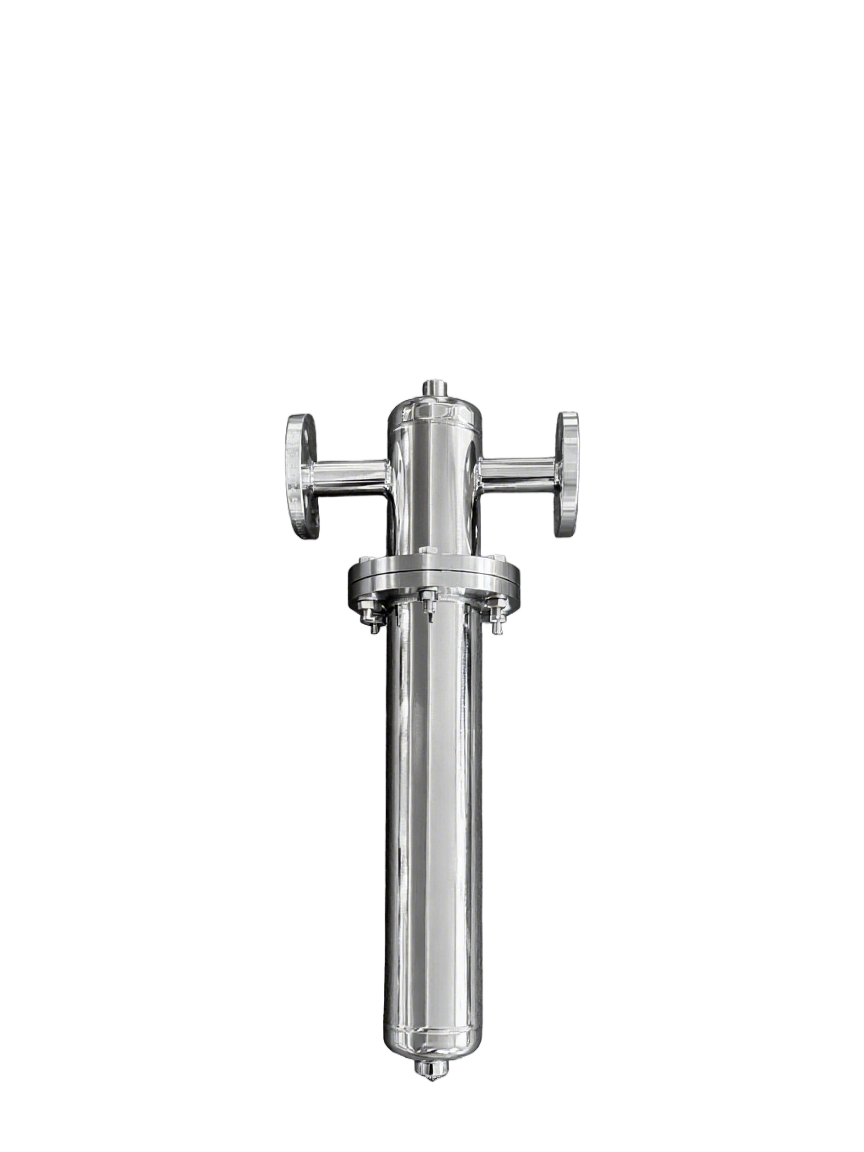Unveiling the Superiority of SSR over EMR Relay in Reducing Energy Consumption

In the realm of electrical engineering, the choice between Solid State Relays (SSR) and Electromechanical Relays (EMR) has always been a topic of discussion. Both relays serve the purpose of controlling electrical circuits, but SSRs offer a major advantage over EMRs when it comes to reducing energy consumption. In this article, we will delve into the various layers of this advantage, exploring the technical aspects and practical implications of using SSRs.
- Enhanced Efficiency:
SSRs are known for their superior efficiency compared to EMRs. This stems from the absence of moving parts in SSRs, which eliminates mechanical friction and reduces energy losses. The solid-state design of SSRs allows for faster switching times, resulting in improved energy efficiency and reduced power dissipation. This advantage becomes particularly significant in applications where frequent switching is required, such as industrial automation and power control systems. - Lower Power Consumption:
One of the key benefits of SSRs is their ability to operate at lower power levels. Unlike EMRs, SSRs do not require a continuous flow of current to maintain their state. Once triggered, SSRs remain in the on or off state without consuming additional power. This feature makes SSRs ideal for applications that demand energy-saving solutions, such as smart homes, energy management systems, and renewable energy installations. - Enhanced Reliability and Durability:
SSRs offer a higher level of reliability and durability compared to EMRs. The absence of mechanical components in SSRs eliminates the risk of wear and tear, ensuring a longer lifespan and reduced maintenance requirements. Additionally, SSRs are less prone to failures caused by environmental factors such as vibrations, shocks, and temperature variations. This reliability advantage makes SSRs a preferred choice in critical applications where system downtime can have severe consequences. - Noise Reduction:
EMRs are notorious for generating electrical noise due to the mechanical switching action. On the other hand, SSRs produce minimal electrical noise as they rely on solid-state components for switching. This advantage is particularly valuable in sensitive applications such as audio equipment, medical devices, and communication systems, where noise interference can degrade performance or compromise signal integrity.
Conclusion:
In summary, the major advantage of using SSRs over EMR relays lies in their ability to reduce energy consumption. The enhanced efficiency, lower power consumption, improved reliability, and noise reduction offered by SSRs make them a compelling choice for a wide range of applications. Whether it is optimizing energy usage, ensuring reliable operation, or minimizing noise interference, SSRs provide a superior solution. By embracing SSR technology, industries can achieve greater energy efficiency, cost savings, and improved performance in their electrical systems.
